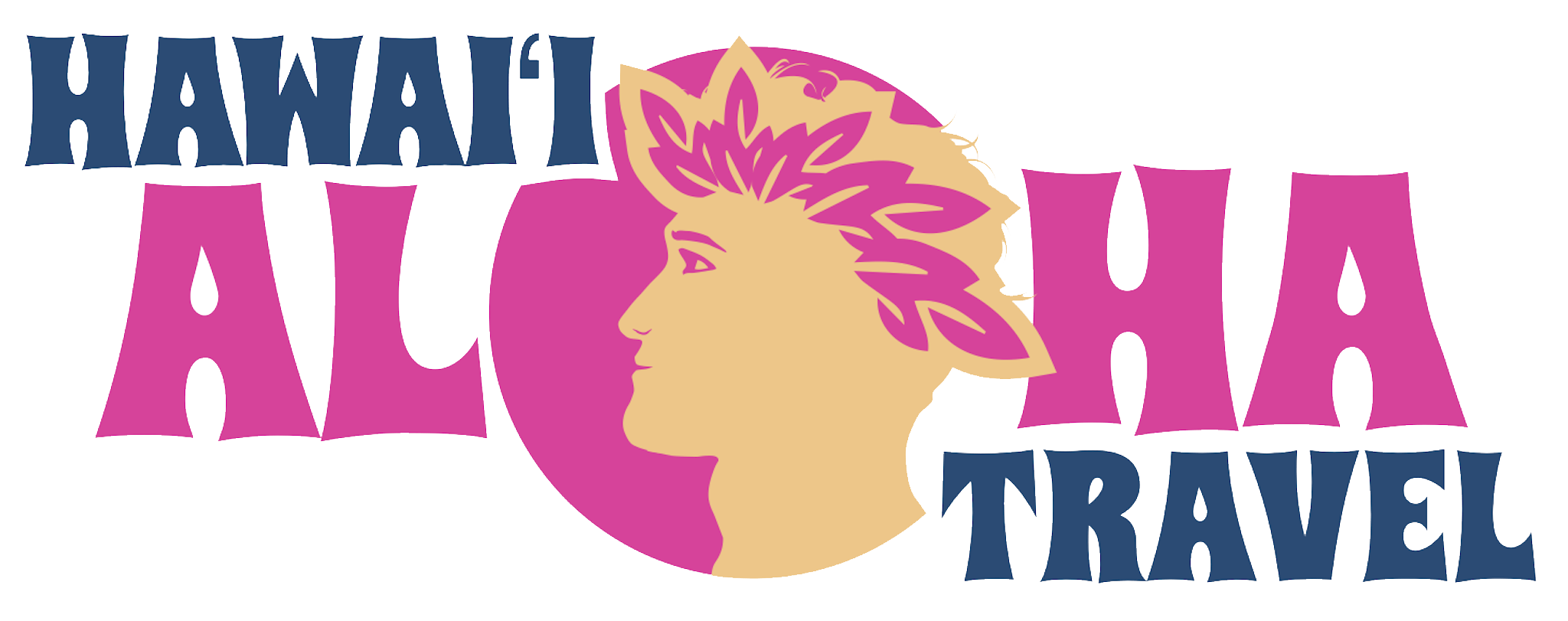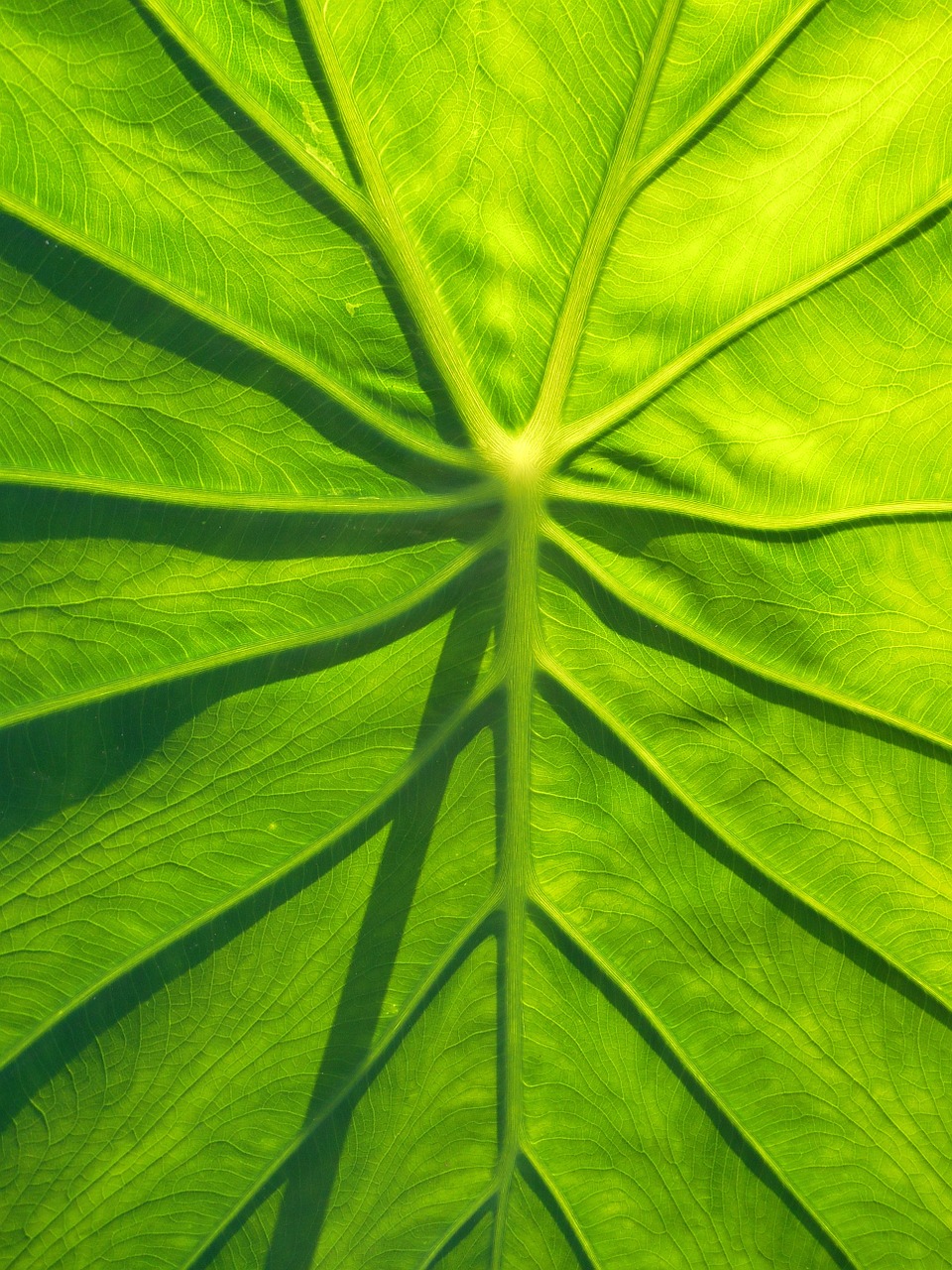For visitors to Hawaii, luau productions are a fun way to experience the hula-dancing, smiling Polynesian trope most people around the world are familiar with. Plastic flower lei, industrial amounts of luau food, a boisterous emcee: all of these have long been associated with the common perception of Hawaii by those who don’t know better. But if there is another side to that campy coin, it’s the earnest Hawaiian cultural practitioners and taro farmers that have embraced traditional Hawaiian ways as part of a larger effort to preserve the culture and move toward environmental and economic sustainability.
With the growing popularity of eco-tourism, many Hawaii taro farms have turned to giving educational tours aimed at visitors interested in learning more than is possible at a hula show luau. Taro was at the center of ancient Hawaiian life. Aspects of the complex kapu system were intended to protect watersheds and freshwater sources that are vital to taro farms. Employing traditional farming methods is an immediate way to reconnect with that ancient culture, and visiting a taro farm is a great way to see how it’s being done.
There are two types of taro grown in Hawaii, the wetland variety and the upland variety. The wetland variety is one that is submerged in flowing, fresh water. This is the variety that makes the best poi. On Oahu’s Windward Side was once home to many lo’i, but when groundwater from windward watersheds was diverted to central Oahu agricultural interests, those taro patches dried up and taro farming nearly disappeared. With the restoration of some of that diverted water, taro farming in Windward Oahu is making a comeback.
There have always been taro farms in the more remote parts of each island. The taro farms in Hanalei on Kauai and Waipio Valley on the Big Island are relatively famous for their exotic beauty. Taro has always been a nutritional staple in Hawaii, but it has also been a spiritual connection to the past and to a culture that was nearly lost to the modern age. Hawaii taro farmers are finding a way to make traditional farming techniques and practices relevant and even important to environmental sustainability at a time when hand-wringing over GMO crops in Hawaii has reached a fever pitch. Today’s Hawaii taro farmers are a vital part of the effort of Hawaiian cultural practitioners to use old ways to implement new ideas for Hawaii’s future.




